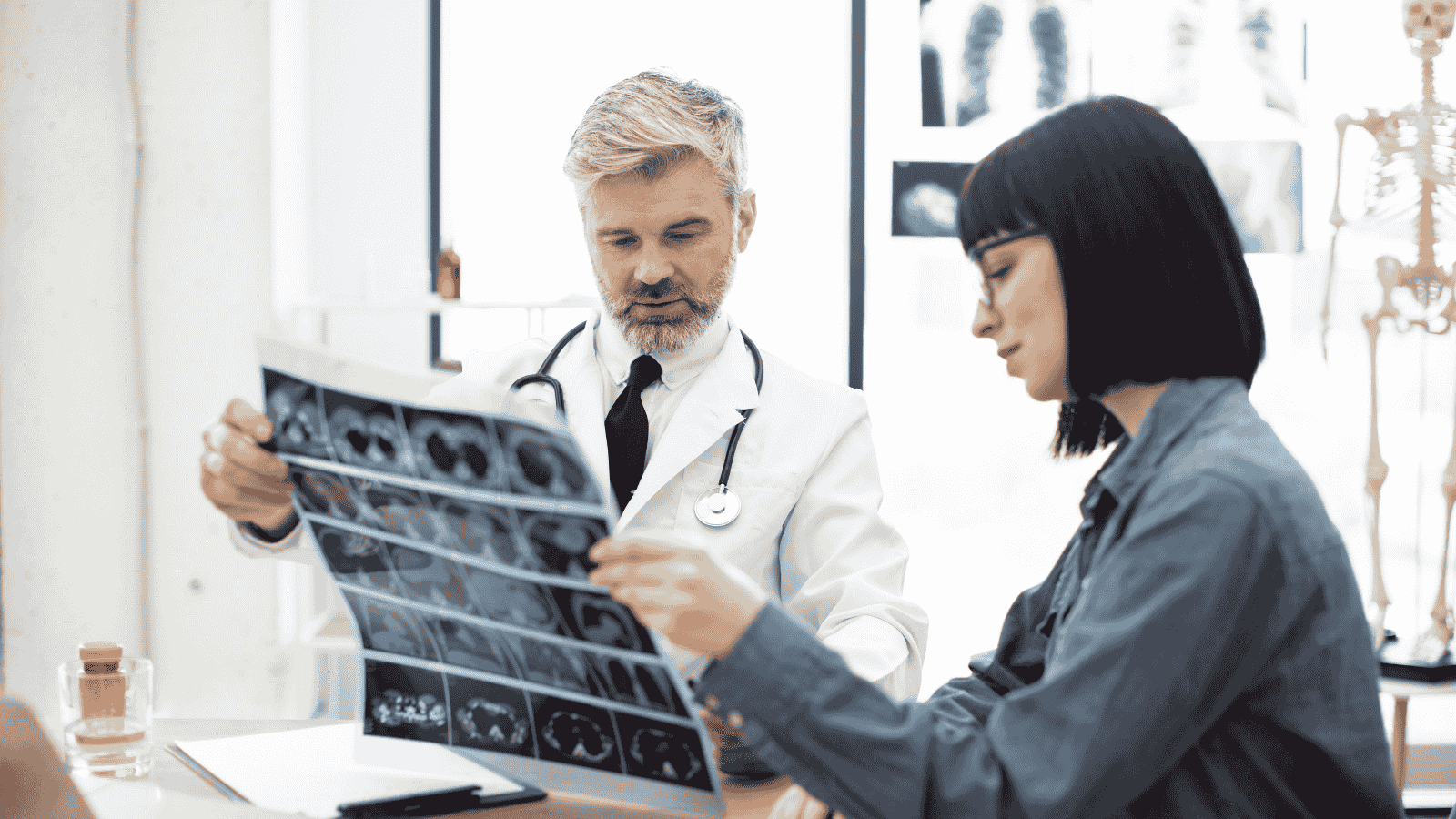
Whole Body CT Angiography
It is used to detect and/or treat vascular diseases, obstructions, damage, malformations, aneurysms (ballooning), tumor presence, and similar conditions.
Main Areas of Examination
- Brain
- Neck
- Heart
- Chest, lungs
- Abdomen (kidneys, liver, spleen)
- Pelvis
- Legs and feet
- Arms and hands
How should we prepare?
First, ask your physician who requested the CT scan to explain why the test is needed, its potential risks, and answer any other questions you may have. Depending on the body part being examined, you may be asked to undress and wear a disposable patient gown provided by our institution. As with all CT scans, you must remove items that could affect the image, such as belts, jewelry, dentures, eyeglasses, metal-supported underwear, etc. You are required to come on an empty stomach. You will be informed about this in advance before your appointment. If you are pregnant or may be pregnant, this scan cannot be performed except in very important or emergency situations. Please inform your physician beforehand. If you have a known allergy to contrast materials, inform your physician in advance. In the case of infant or child patients, a sedative (calming medication) may be given to help keep the child still and immobile. Your referring physician will inform you about this.
The procedure begins when a nurse or technician, skilled in this area, places a catheter in a vein in your arm. A small amount of blood is drawn through the catheter for a test to evaluate your kidney function. If there are no issues, you will be placed on the CT scan table, and the scan, which lasts only a few seconds, will begin. It is very important that you remain still during the scan for optimal image quality. Sometimes, you may be asked to hold your breath.
For pediatric patients, sedation may be required to ensure they remain still.
After the scan:
Once the scan is completed, if no special precautions or care are required, you can return to your normal daily activities immediately. Since a contrast material is used, you may be monitored for a short period until you feel well. The images obtained will be reviewed by our specialist physicians, interpreted, and reported. The results will be delivered to you or the referring physician. Your results and images are digitally stored in our PACS system for future access. Through our PACS system, if needed, your images can be shared over the internet with doctors in different countries for consultation. This feature also minimizes the need for film prints, contributing significantly to sustainability by eliminating the need for physical film.